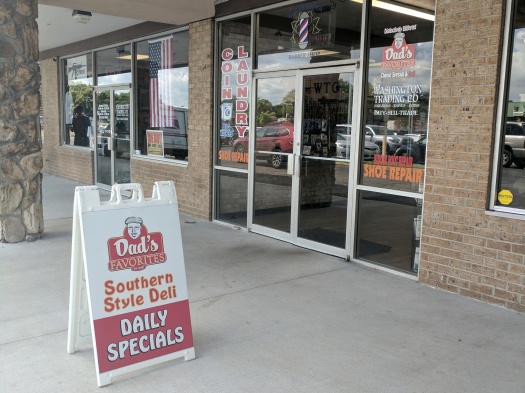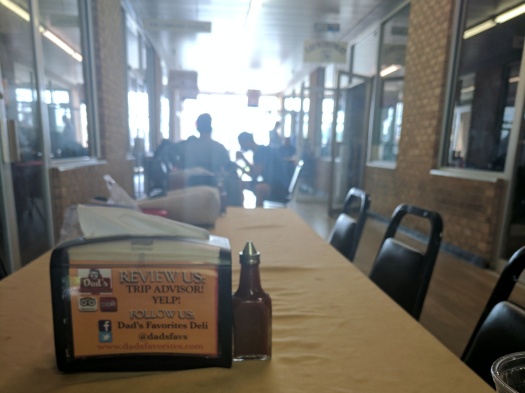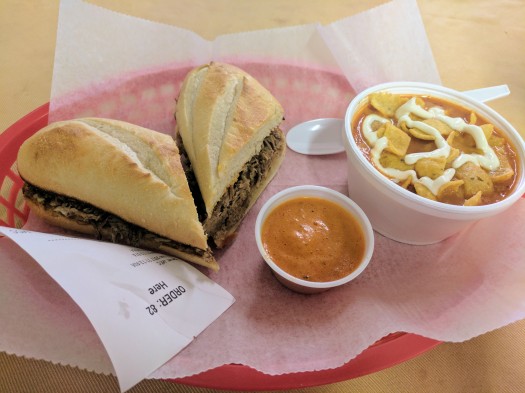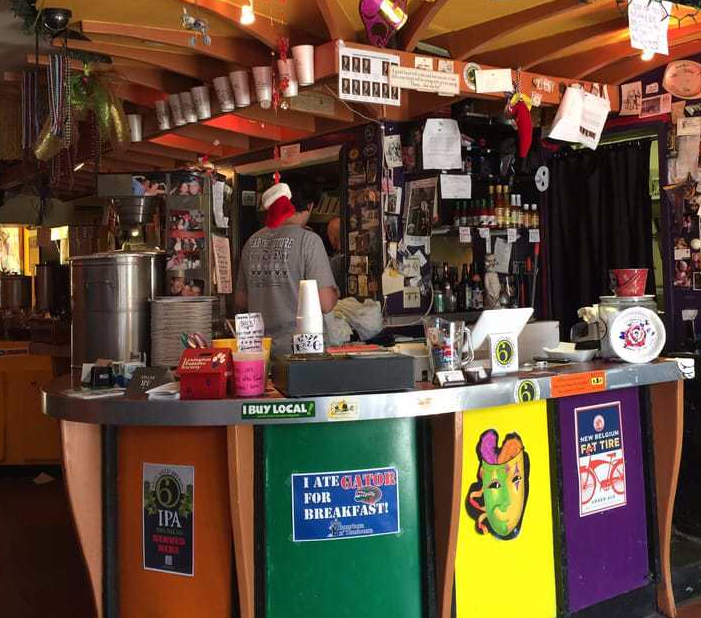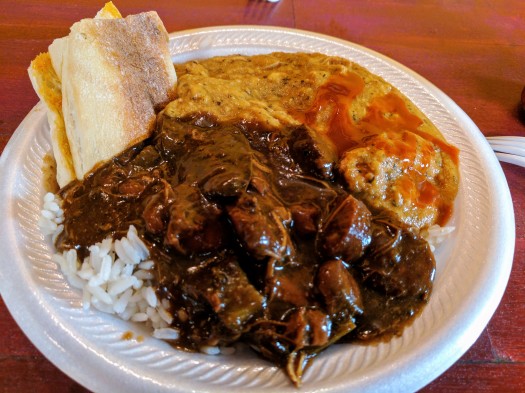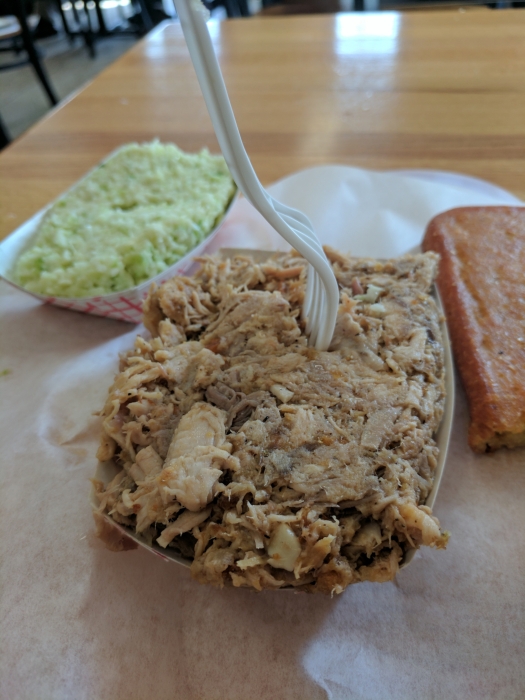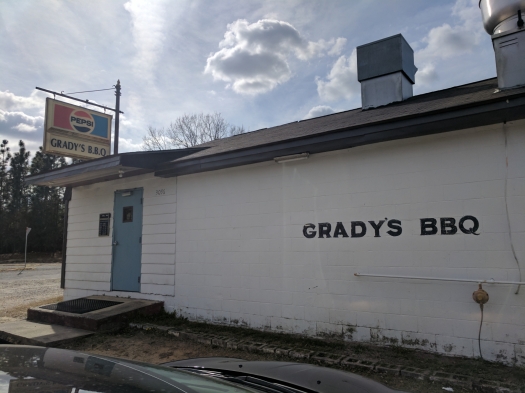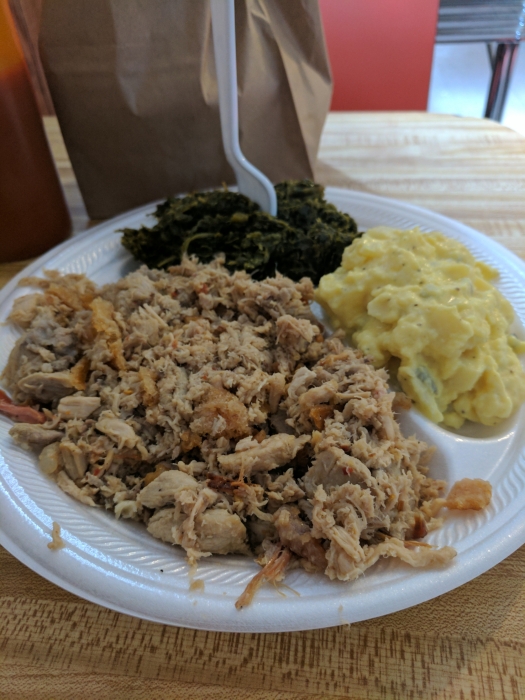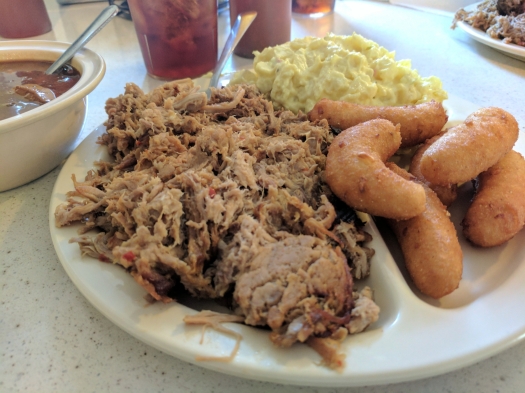I remember very clearly the first time I saw something about barrel aged liquor. I was in a subway in New York and there was poster advertising about how Jack Daniels is clear before it goes into the barrels. After years of aging, it took on the colors of the barrel and came out a light brown. I was in my late teens so I was more interested in Burnett’s Vodka and Bacardi Limon at the time, but this alway stuck with me.
Anyone who has drank a significant amount of alcohol with me knows that I’ve been a Gin man for quite a while now. This was my sort of my graduation from shitty alcohol in my late teens and early 20s to something a little bit more sophisticated. My curiosity for the culinary world began to drift into the alcohol I was drinking. It was interesting to me how different brands seemed to have different spices and how you could pair it with things like cucumber and enhance the taste. I began drinking my alcohol straight (or neat), or on the rocks without a chaser. Alcohol became less of something that just gets you fucked up and more of a new world to explore. About a year ago I starting drinking and enjoying Bourbon, which you could probably say has sent me down an alcoholic rabbit hole of exploration.
I have written a couple posts about my food travels through Kentucky, but the real reason I drove five hours through the worst state in the country (Ohio) was to gain a first hand education on American Whiskey, specifically Kentucky Bourbon. The more I tasted and the more I read about this spirit the more I wanted to see how it was made, the people that make it and taste it directly from the source. I planned out visits to six distilleries in five days and what resulted from it was a deep appreciation for all things Bourbon.
Now I’m not going to make this a post where I go into great detail and give a “review” about each distillery I traveled to. I will say that I visited Buffalo Trace, Wild Turkey, Four Roses, Jim Beam, Makers Mark and Woodford Reserve. The thing I want to do with this post is share history of Bourbon, a little bit of the process and try to help you understand why I now have such a deep appreciation for something that seems like just another liquor that you buy in a bottle. I’m also going to try and do it in a way that is interesting to you. I hope I can help you appreciate the next drink of bourbon that you try and if you haven’t had Bourbon before, maybe it will motivate you to try it.
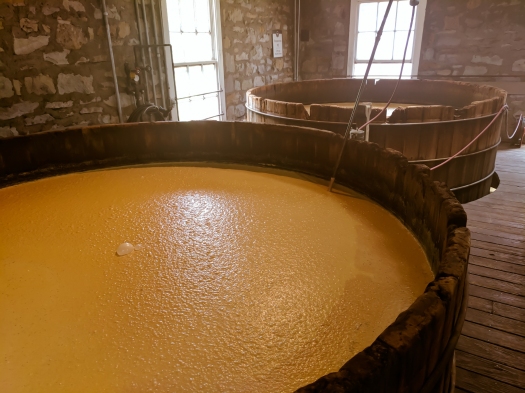
So what is Bourbon anyways? It’s actually very simple. Bourbon is a Whiskey made out of a combination of at least 51 percent corn, malt(grain), wheat and rye. The percentage of corn is very important, as you legally cannot call what you’re making “Bourbon”, unless it contains a minimum of 51% corn. That is the first legal requirement we will get into. From there, everything is ground up and mixed with water. This step is why 95% of Bourbon in the United States is produced in Kentucky. Kentucky’s rivers and lakes are covered in massive amount of limestone. Limestone acts as a natural filtration for iron and produces iron-free water that is perfect for Bourbon. You may bring up that there are plenty of places in the world where this much limestone exists as well, which brings us to our second legal requirement for Bourbon. It must be produced in the United States. You take grain and cook it in water. The water extracts the sugars from the grain and puts them into solution. This mixture is called the mash. Next, adding yeast consumes sugar and releases alcohol through the process of fermentation. The mash ferments until it reaches approximately 11-12% alcohol. At that point, the alcohol kills the yeast and the fermentation process stops.
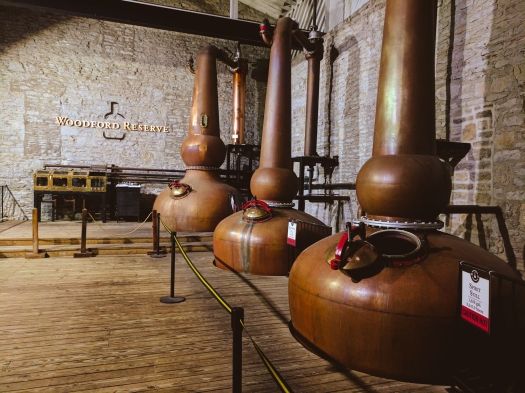
It is then ran through a giant still, think of it as a giant copper chimney, and heat is applied to the bottom which separates the solids from the clear (the alcohol evaporates) and gives you what distillers call white dog, but the rest of just call moonshine. This clear grain alcohol typically ranges from 125 proof all the way up to 160 proof, which brings us to our third legal requirement. The white dog cannot be distilled to more than 160 proof and cannot enter the barrels at more than 125 proof. Distillers use water to alter the proof throughout the process.
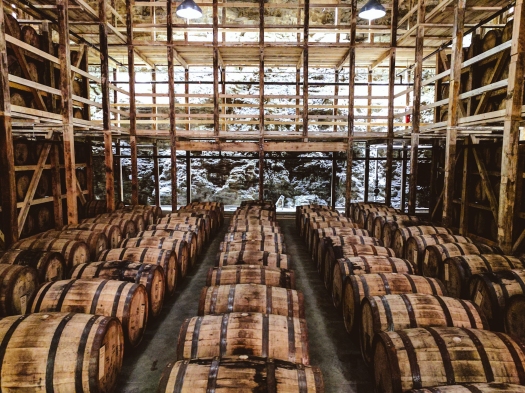
Now we enter the fourth legal requirement for Bourbon — It must be aged in new, charged oak containers. That’s right, a Bourbon barrel must be set on fire for a period of 15-55 seconds and may not be used to age Bourbon a second time. The barrels are then placed in a large warehouse filled with other barrels for different periods of time, typically four to six years. Depending on which floor the barrel sits on, the Bourbon will taste different due to pressure and humidity. The liquid enters the crevices of the barrels in the Summer and is then expelled in the Winters. Think of a ten year Bourbon has having the liquid enter and leave the barrel ten times. There is no legal requirement on how long the bourbon sits, but the more expensive Bourbons sit for decades. Bottles of a 23 year aged Pappy Van Winkle can go for $5,000 if you can find it. The fascinating thing about that price tag to me, is it is made the same exact way a $20 bottle of Buffalo Trace is made — a combination of corn, wheat, rye and mash, then aged in oak barrels.
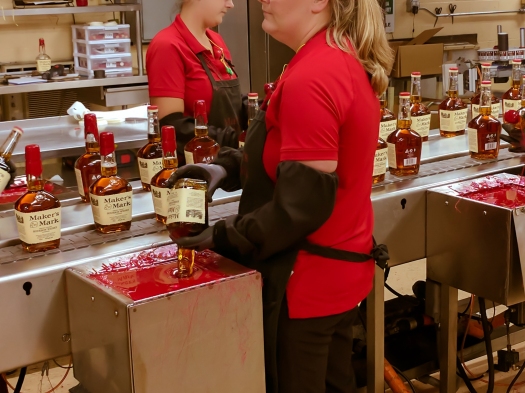
Just like Jack Daniels told me all those years ago, the clear liquid leaves the barrels as a light brown liquid that can legally be called Bourbon, as long as it is as least eighty proof when it enters the bottle for sale. This is the fifth, and final legal requirement to sell Bourbon. These legal requirements are why you will never see a low alcohol Bourbon, fruit flavored Bourbons or clear Bourbons. You may see a bourbon blended a flavor additive, but it is illegal to add any flavoring or coloring during the distilling process. What you’re seeing is basically moon shine taking in flavors from the wood which gives is a deep, sweet flavor depending on the type of oak the distiller used and the amount of time the barrel was allowed to burn. If you’ve ever had Makers Mark 64, you are tasting French oak that is added to give you a smoother taste than American oak. The long char opens the pores in the wood to add the sweetness.
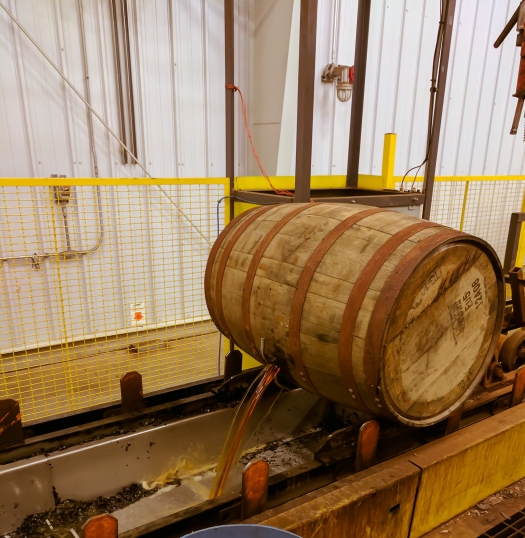
So if you actually read all that you might have a deeper appreciation for your next glass of Bourbon. What you’re drinking is the product of hundreds of years of perfecting, potentially a decade or more of aging and generations of people working to create the perfect American Whiskey. What’s more amazing is there is absolutely no waste when it comes to Bourbon production. The leftover corn mixture is sold to farmers to feed livestock and the barrels are sold to make other types of Whiskey and barrel aged beers.
I will leave you with this. The production, the history and the science are absolutely fascinating parts of something you could see as so simple. Even more interesting are the people responsible for the production. Master Distillers dedicate their lives to producing something that may turn out to be a complete waste of time but they won’t know for five to ten years while it ages. Generations of families have been employees of distilleries and see it as their family calling to work for the business. So much time, love and tradition go into the industry in Kentucky. The perfect example of this is Freddie Johnson, a third generation employee of Buffalo Trade Distillery and led my two hour tour throughout the facility. Even if you didn’t appreciate all of this, I hope you will read his story.
“All Bourbon is whiskey, but not all whiskey is Bourbon.”
